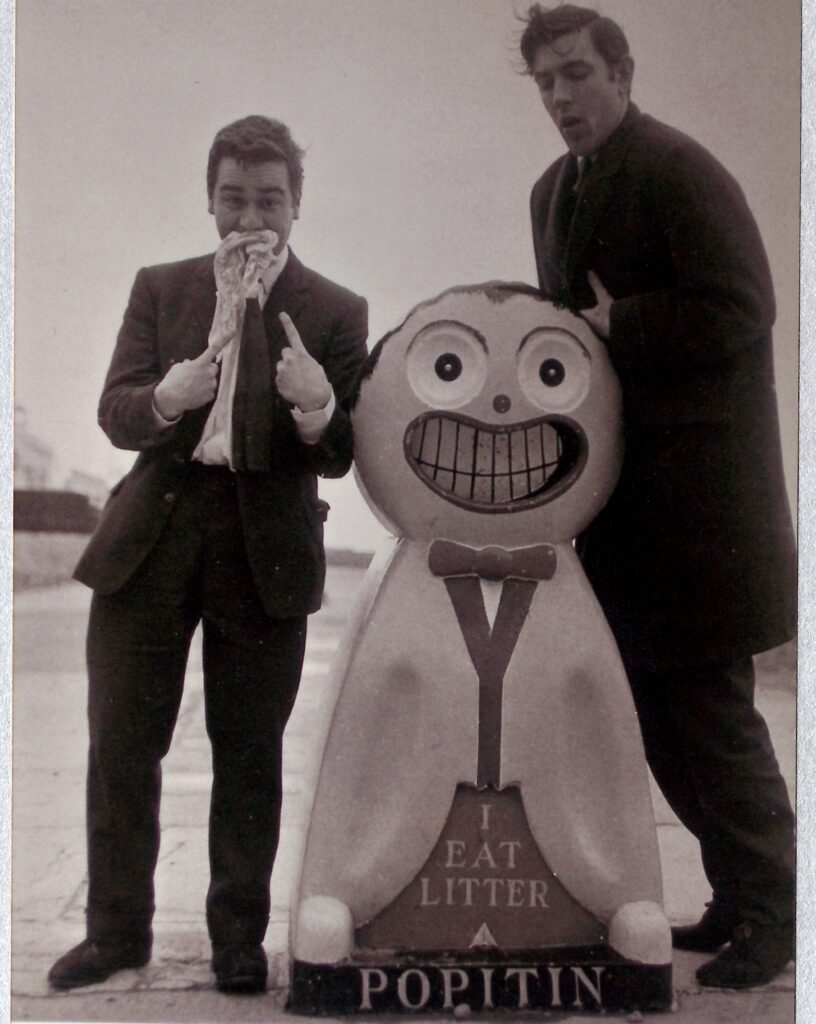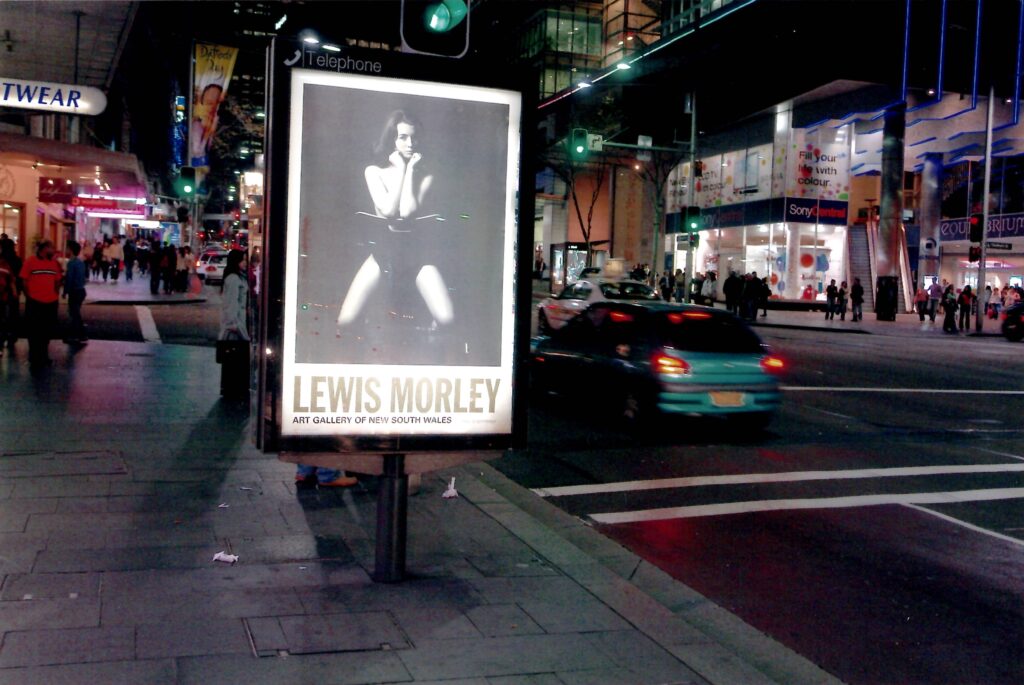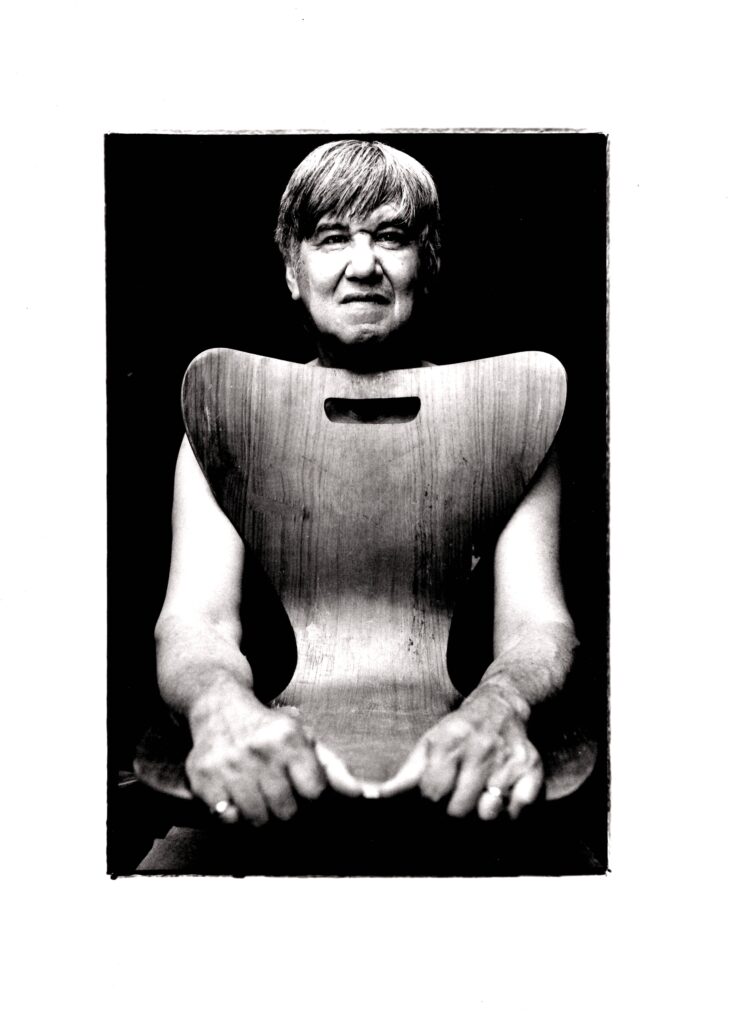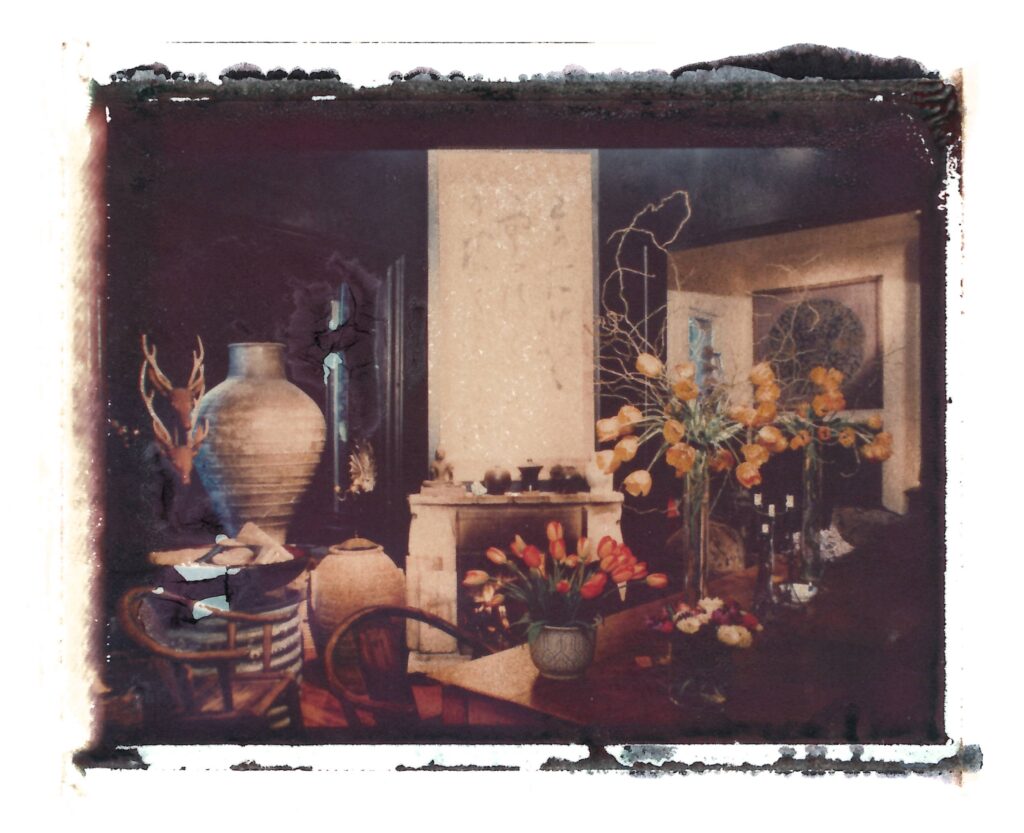Salvador Dali. Peter Cook. Dudley Moore. Tom Jones. Joe Orton. Michael Caine. Peter O’Toole. John Hurt. Barry Humphries. Twiggy. These are just some of the stars who were photographed by Lewis Morley during his illustrious career as a portrait photographer in London during the Swinging Sixties.

Morley’s vast archive, held at the National Science and Media Museum, contains some of his personal photography in the form of reference photographs, Polaroids and transfer prints. It also includes vintage contact sheets from some of his most popular shoots, as well as exhibition materials, artworks, personal and professional correspondence and ephemera.
Over the next year we intend to catalogue the archive in more detail, improving accessibility for our researchers. We will provide you with updates on the cataloguing project, sharing some of the highlights in the collection as well as a behind-the-scenes look at the cataloguing process.
Lewis Morley was introduced to theatre photography in 1959 when Lindsay Anderson, one of the leading voices of British cinema and part of the Angry Young Men movement, asked Morley to photograph Albert Finney for his production of Billy Liar at the Royal Court Theatre. This began a ten-year relationship with the Royal Court, as well as various theatrical production companies, where Morley would go on to photograph hundreds of productions and their stars.

show in 1961, taken by Lewis Morley and used to illustrate a set of homemade greetings cards.
During the early 1960s, Morley rented a studio in Soho above Peter Cook’s satirical nightclub The Establishment and became their resident photographer. Here he would photograph the Beyond the Fringe cast and would bump shoulders with the emerging actors and musicians of the day. His image of Twiggy was the first photograph of the model to be published and contributed to her status as the iconic face of the 1960s.
However, it was when Christine Keeler walked into Morley’s studio that he cemented his name as one of the iconic photographers of our time.
The year was 1963 and a scandal had broken out in British politics. John Profumo, the Secretary of State for War in Harold Macmillan’s conservative government, had been discovered to be having an extramarital affair with the young model Christine Keeler. Profumo was forced to resign from government and Keeler was catapulted to instant notoriety.

Keeler was contracted to take some publicity shots for an upcoming film about the scandal (the film was eventually scrapped) and the producers insisted she take some nude shots. Noticing that Keeler was reluctant to do so, Morley suggested she could fulfil her contract with the studio without having to appear fully nude. By using the now famous Arne Jacobson chair, Morley was able to help Keeler fulfil her contract but maintain her modesty. Eventually the photograph was leaked to the press and it became one of the defining images of the decade. The image continues to be imitated to this day in other forms of media.

So who was the man behind the camera Lewis Frederick Morley (known to his close friends as Fred) was born in 1925 to English and Chinese parents in Hong Kong. He spent his later teenage years at the Stanley Internment Camp with his family during the Japanese occupation of Hong Kong and was repatriated to London in 1945. After attending Twickenham art school and studying life drawing in Paris, he married fellow art student Patricia Kay Clifford and began his career by selling photographs to magazines such as Photography Magazine and Tatler.
Morley liked to work in black and white and specialised in portraiture. He used high contrast lighting and studio environments with often minimalist backgrounds. This kept the focus on his subjects, capturing their personalities and emotions. As well as studio work, he also had an eye for capturing his subjects in their own environments, such as in his reportage and fashion photography. In his later years, Morley would use colour in his work and became a fan of still life photography and artworks.


After working in mostly theatre, fashion and reportage, Morley emigrated to Australia with his family in 1971, where he spent his life working on his many art projects and taking photographs for style magazines such as Belle, Pol and Dolly. He would go on to have exhibitions at the National Portrait Gallery in both London and Canberra, as well at the State Library of New South Wales and the Art Gallery of New South Wales, among others. Morley received the Medal of the Order of Australia (OAM) in 2010 before he passed away at the age of 88 in 2013.
The Lewis Morley Archive reflects the life and career of a busy, working photographer. However, it also covers his post-retirement years, when he seemed busier than ever, managing how his images would be used, dealing with reproduction requests, copyright matters and attending exhibitions of his work.
We can’t wait to reveal some of the wonders from this archive in due course—watch this space.
